
Swimming with whale sharks in Oslob, the good, the bad and the ugly. Near the town of Oslob, on the southern tip of Cebu Island in the Philippines, swimming with whale sharks has become an attraction in the tourism industry. The big difference between swimming with whale sharks in Oslob and many other places in the Philippines and around the world is the provision of whale sharks here. In Oslob, sailors use shrimp to feed whale sharks, pulling them onto boats so that tourists can swim with them. Attracting hundreds of tourists every day, this beauty is controversial. The benefits to the community are undeniable: this popular job and high income have enabled this coastal city to escape poverty. Conservationists and animal lovers are concerned about the impact swimming and feeding whales will have on the world's largest fish. What is more important: protecting these endangered animals or creating jobs in this poor country? Does swimming affect these animals? Check out our article comparing swimming with whale sharks in different places in the Philippines. Should you swim with whale sharks in Oslob? Here, we give you some arguments to defend and criticize this project, hoping that they will help you make your own decision to watch Whale Shark in Oslob - The Experience
Oslob in Cebu was our first place to go swimming with whale sharks in the Philippines. The center of whale shark tourism is the small fishing village of Tan-awan, which is 10 kilometers from the city of Oslob.
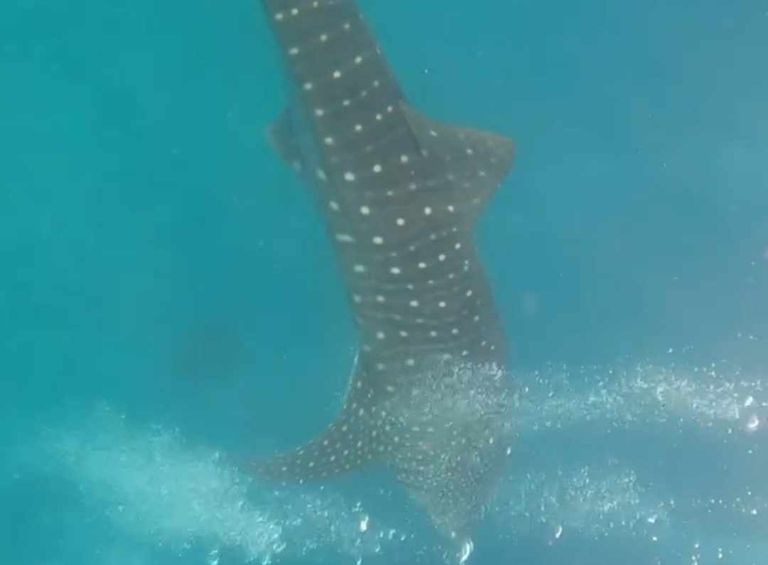
Divers noticed this and began paying fishermen to lure whale sharks to their boats. In 2011, photos of divers and whale sharks were published in a major international magazine and diving with whale sharks in Oslob began. 177 former fishermen, in partnership with the local government, founded a company, Oslob Whale Sharks (OWS), and still manage whale shark tourism in the city. The day began with an explanation of the restrictions that included all the dos and don'ts when diving with sharks, such as not touching the animal, not being allowed to come closer than 3 meters (9 feet) from the head shark in 4 meters (13). feet) from its base and do not take flash pictures.
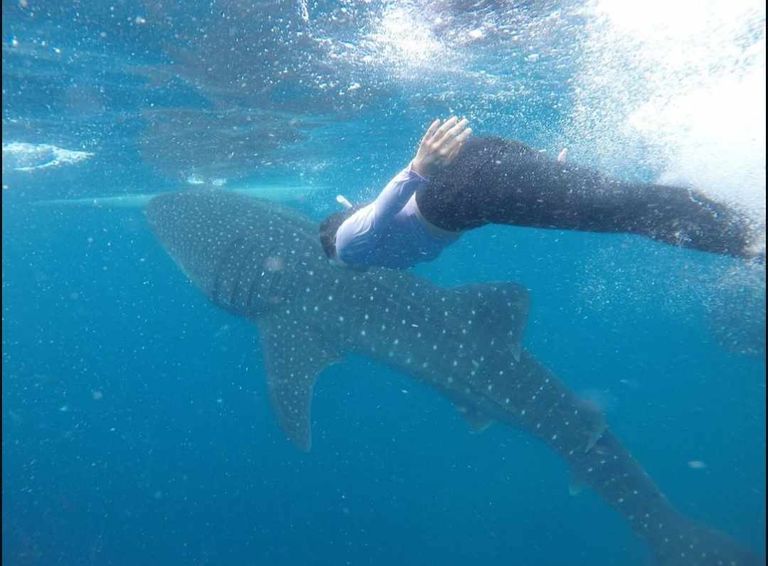
The whale shark feeding takes place from 6 am to 1 pm. We were taken in small boats to the feeding area, a shallow coral reef about 10 meters deep, more than 50 meters from the shore. About 15 boats formed a line and began throwing krill, called "uyap," into the water. Whale sharks arrived as soon as our boat and tourists climbed into the water.
Swimmers wear life jackets, not fins, to avoid the water going in front of sharks, getting close and touching them. Swimmers who come in from the shore or by diving boat, they move outside the social zone.
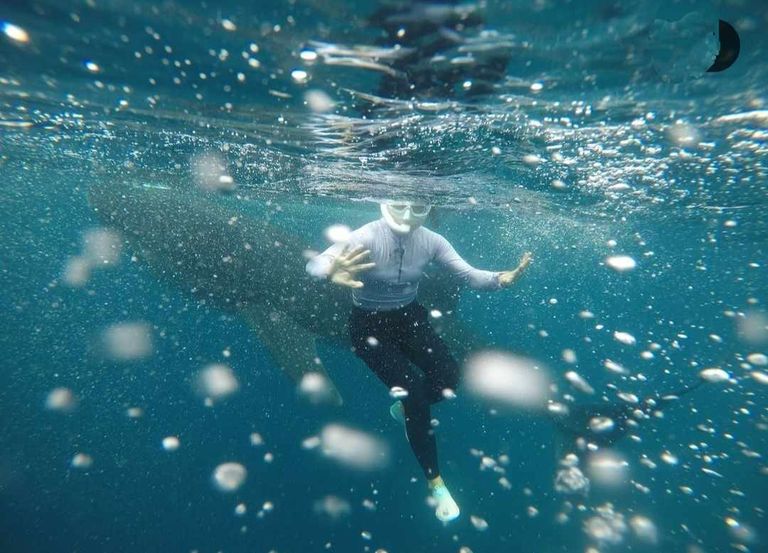
Swimming with Whale Sharks in the Philippines It's really a little chaotic with more than 50 people in the water, many with cameras and trying to get a picture of the whale shark. I heard they feed whale sharks here and read some bad reviews, but the experience was worse than I expected. Swimming with whale sharks in Oslob is not a very natural experience and I would classify it as a type of tourism like elephant riding in Thailand. Sharks don't play around like they do in the wild, they hang upright in the water, being fed on boats, surrounded by tourists wearing orange life jackets trying to get into the picture.
Well done

There is a good side. This section shows that there is no doubt about the positive impact of the whale shark swimming industry in the city of Oslob, Tan-awan city and its surroundings. Research also shows that the income from whale shark tourism is generated to save the whale sharks and coral resources that the country currently depends on. The GuaWhale sharks are now a protected endangered species in the Philippines.rdiaWhale sharks are now a protected endangered species in the Philippines.n reports that 60% of the company is owned by the fishermen and 10% by the Tan-awan community, 30% of the profits go to the local government which uses the money to pay the coast guard. river to protect the body
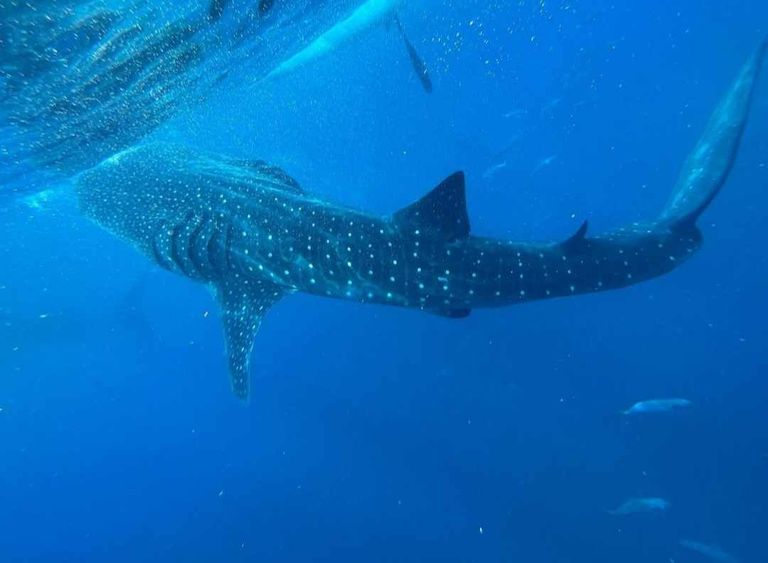
. Research conducted by Lowe and Tejada through interviews with fishermen, their communities, local governments and politicians and sustainable livelihoods was used in the study. about the impact of shark fishing on communities. More than 750,000 people came to swim with whale sharks, generating $18.4 million in ticket sales in the first five years. Fishermen and local governments now protect whale sharks and the coral reefs on which their livelihoods depend. The bad part
Personally, I can say that I did not like swimming with whale sharks in Oslob. I've seen so many amazing animals in the wild and I can't sum up this experienceMany international marine conservation organizations have criticized whale shark tourism in Oslob, describing them as an unacceptable form of tourism. Many published studies have shown that habitat, migration and behavior in Oslob is the food of whale sharks like this one from Thompson 2017. The main concerns about whale shark feeding in Oslob include:
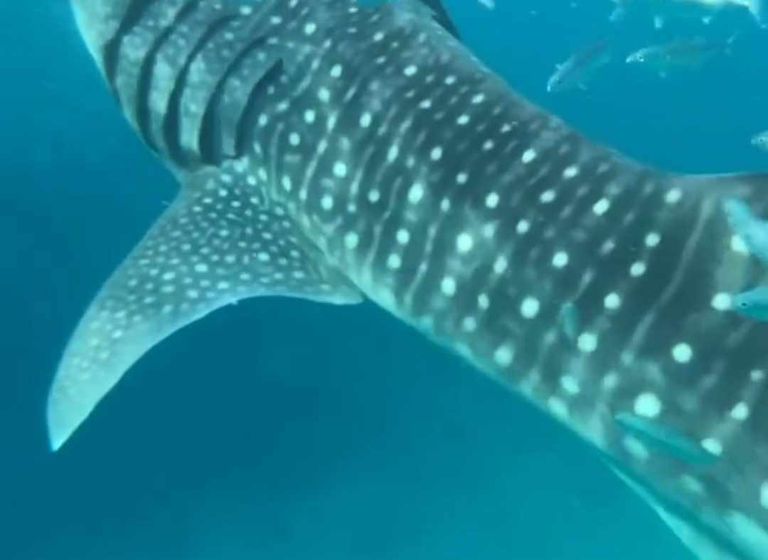
Being malnourished due to the lack of diversity in their diet, they eat only krill, missing out on the main source of their natural diet.
Change in behavior: Sharks have learned to associate boats with people with food and are now actively approaching them, even without food. Sharks that come too close can be harmed by boats. Touching sharks removes the layer that protects them from disease. Whale sharks have been shown to spend more time feeding on the surface, which causes stress and makes them more susceptible to disease.
Sitting in one place can affect the reproductive system, reducing their chances of having sex and giving birth. Studies have also shown that intensive whale shark tourism leads to destruction of coral reefs. This destruction of the ocean is alarming, but according to the World Economic Forum, moving away from fishing to shark tourism as a source of income leads to a reduction in illegal and destructive fishing. destruction, including dynamite, cyanide, fish traps and drift gills. nets to protect water and other species. But is it that bad?
In a recent review of the study that says the negative effects of this
Center on whale shark ecology, Dr Mark Meekan of the Australian Institute of Marine Science in Perth, based in Perth, showed that these studies are unfounded, limited methodology and poor interpretation of the results. Effects on migration

Dr Meekan pointed out that studies have shown that sharks from the neighboring island of Donsol stay there for a long time, even though there is no food to keep them there.
A small number of sharks still live in Oslob, and habitat studies show that only 9 of the 208 sharks remain in Oslob long-term. Behavioral change

He also said there was no evidence that feeding sharks led to behavioral changes such as vertical swimming when boats approached. Since this behavior also occurs in sites where there is no feeding of whale sharks. Finally, this study shows that there is no scientific evidence that feeding in Oslob harms whale sharks. But there is scientific evidence that this practice is harming whale sharks, certainly not tourism. Ecotourism is about giving people the opportunity to get into the environment of animals with less impact. Breeding these animals and training them in the process, when more than 90% of tourists do not respect the rules given during the briefing, is certainly not a small effect. Something ugly
Most people don't care
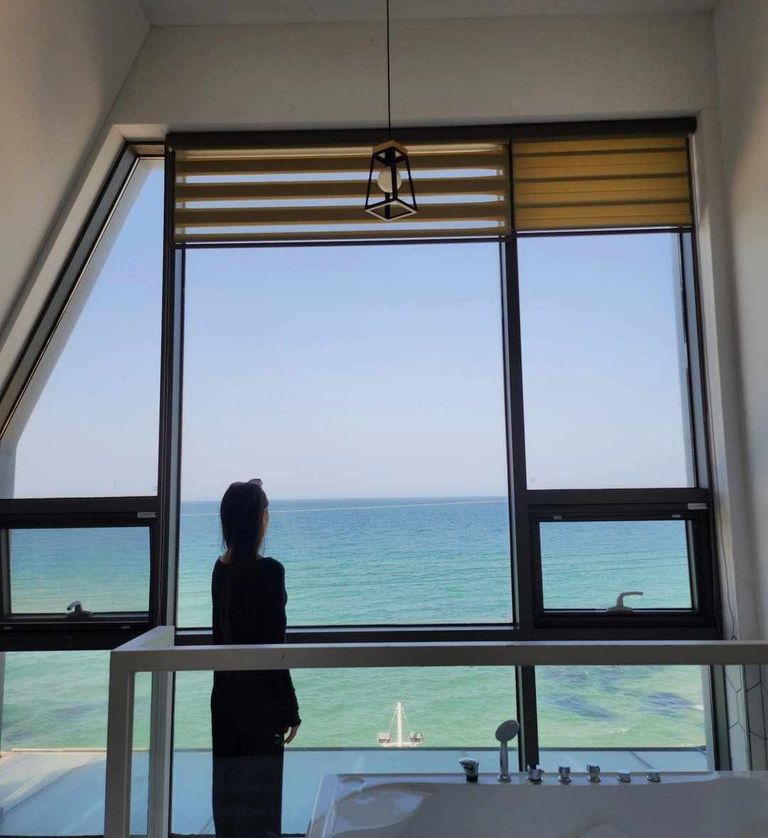
Many studies, blog posts and articles have been published criticizing whale shark watching tourism in Oslob. In a study by Ziegler et al. (2018) Tourists were shown to be aware of the possible negative effects but continued to swim with whale sharks, most of them enjoying it, which was classified as " nice taste" . Doing something wrong even if you know what you are doing because you love it. The opinion of Dr. Meekan, a biologist with 25 years of experience, after reviewing the studies that have been conducted is as follows: "Since there is no evidence that feeding affects the organisms of whale shark in Oslob, the main point that the work of Ziegler et al. (2018) that tourists visiting the site should feel guilty about is not based on reality. In addition, the argument that the community is motivated only by money and behaves unethically in the pursuit of this company is baseless and a baseless attack on their reputation. "Although the evidence on the negative impact of this activity on sharks is not complete, I will not swim with
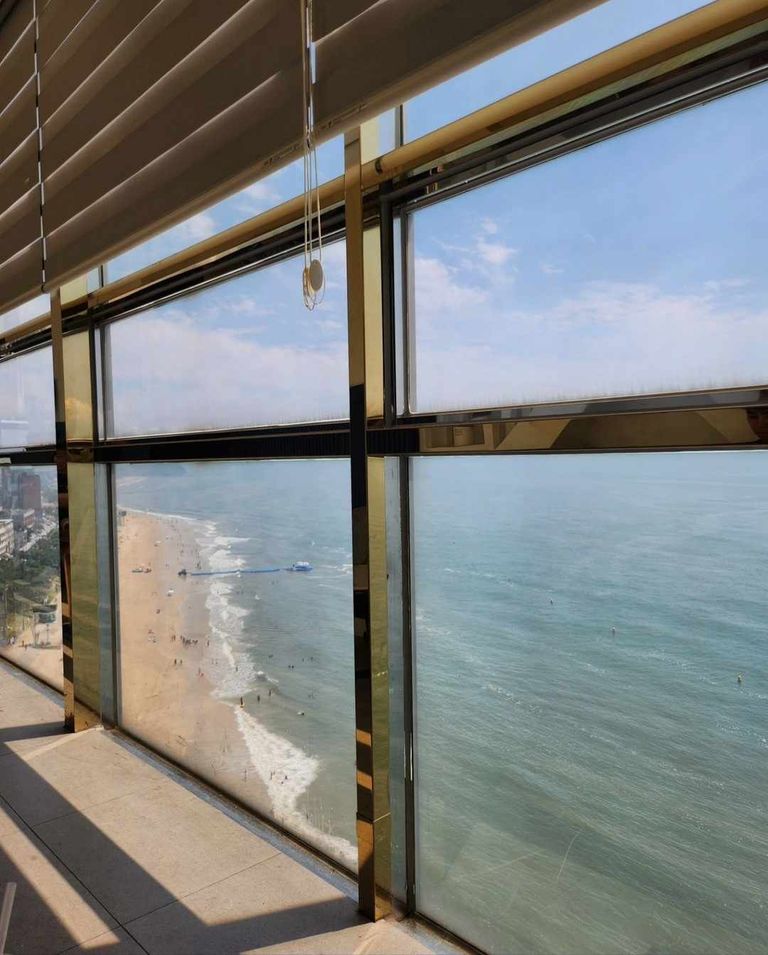
whale sharks here again, I do not recommend it. After experiencing the whale shark circus in Oslob, it is difficult for me can believe that there is no harm to the shark. Is it just for food?
If food doesn't change the behavior of whale sharks in Oslob, I don't know if animals in other whale shark watching areas fare better. We also swam with whale sharks in Donsol, 390 kilometers away. There are no whale sharks to feed here, the boats go around the big river looking for whale sharks, the rule is that there is only one boat with the whale shark. This means that there will be 1 whale shark, 6 tourists and 1 guide (BIO). Tourists must stay 3m from whale sharks. We stayed 3